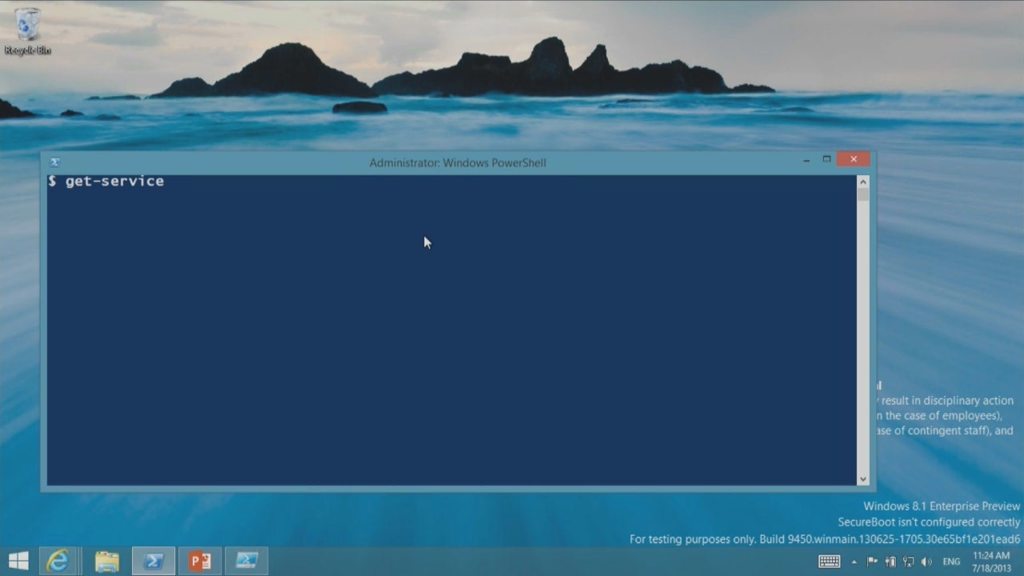

The most convenient way to do this might be to use WinImage. To create a VMware virtual machine out of the VHD file you’ll first need to convert it to the VMDK format, which VMware uses to represent virtual disks.

To do this, use the VirtualBox wizard for creating a new virtual machine and select “Use an existing virtual hard drive file” when prompted. You can use VirtualBox to create a virtual machine out of it. This VHD file represents the virtual hard disk of the Windows XP system.
WINDOWS 8.1 HOW TO INSTALL VIRTUALBOX WINDOWS 8.1 PRO ARCHIVE
Extract from the “xpm” archive the file called “VirtualXPVHD” and rename it to something like “VirtualXP.vhd”. The file “xpm” is another compressed archive, whose contents you can navigate using a tool such as 7-Zip. Inside that file, go into the “sources” directory and extract the file called “xpm”. Instead, explore its contents using a decompressing utility such as WinRAR or 7-Zip. Once you’ve downloaded the Windows XP Mode installation file, don’t run it. After the validation completes, you’ll able to download the Windows XP Mode installation file. Though designed to look for Windows 7, it appears to accept Windows 8.1 as well. You’ll need to go through the validation wizard to confirm you’re running a licensed copy of Windows. The initial steps below are based on the instructions documented on the Redmond Pie blog.įirst, download Windows XP Mode from Microsoft. If you’re using Windows 8 or 8.1, you can still get the Windows XP virtual machine, but it requires a bit more work. Microsoft distributes a Windows XP virtual machine called Windows XP Mode, which you can download if you’re running Windows 7, as I explained earlier. Despite its age, Windows XP is useful to have in your IT lab, for instance if you need to experiment with older software or study malware.


 0 kommentar(er)
0 kommentar(er)
